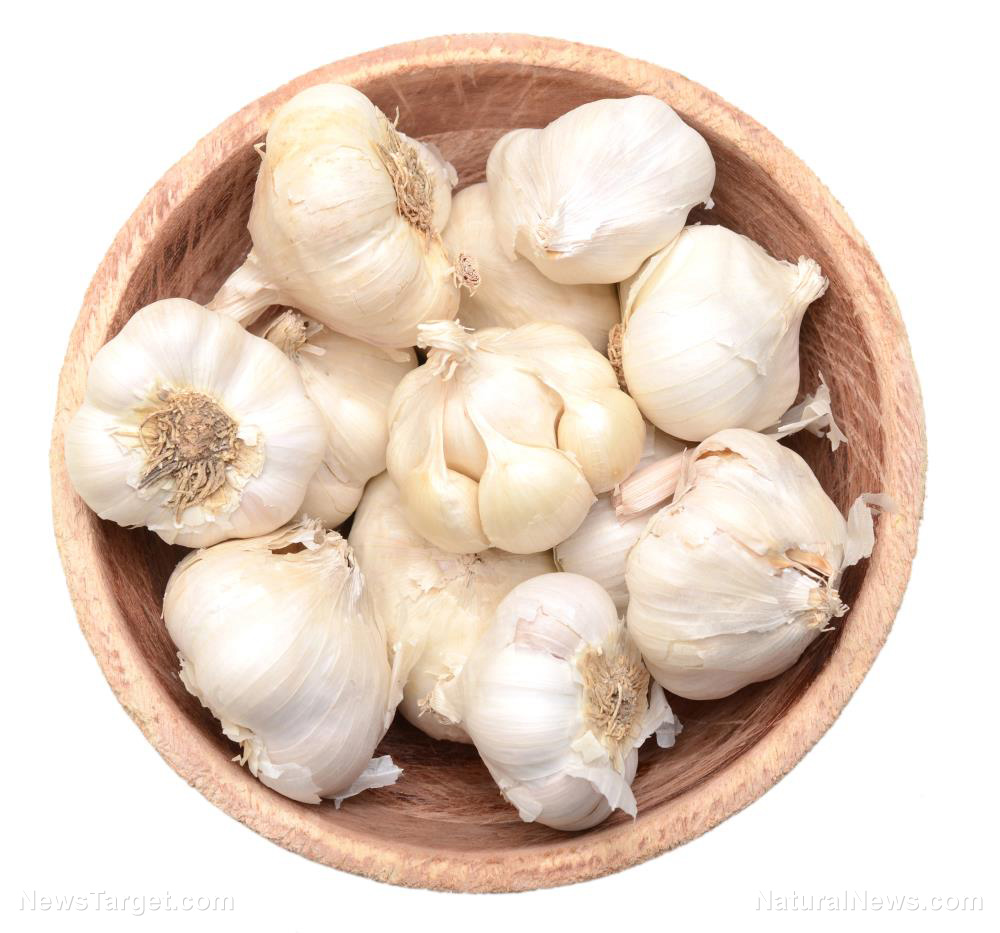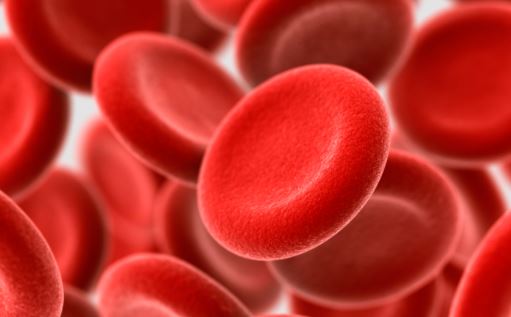Dr. Sherry A. Rogers explores the healing power of the macrobiotic diet in “The Cure is in the Kitchen”
08/06/2025 / By Ramon Tomey

- In “The Cure is in the Kitchen,” Dr. Sherry Rogers presents the macrobiotic diet – rooted in natural, whole foods and holistic practices – as a powerful alternative for chronic and terminal illnesses, backed by documented recoveries and personal testimonials.
- The diet involves two key phases: Strict initial restrictions tailored to individual ailments, followed by gradual reintroduction of foods after detoxification (e.g., eliminating stored toxins through weight loss) and rebuilding health with nutrient-dense foods.
- Though pioneered by non-physician Michio Kushi, macrobiotics has shown remarkable results (e.g., terminal patients walking within weeks). Rogers stresses the need for professional supervision to avoid nutrient deficiencies and adjust medications safely.
- Macrobiotics extends to practices like thorough chewing, grounding (walking barefoot) and environmental choices (cotton clothing, gas stoves) to enhance healing and reduce irritants.
- Rogers frames macrobiotics as a disciplined commitment – not a quick fix – but a path to reclaiming health, reducing pharmaceutical dependence and achieving long-term wellness where conventional medicine falls short.
In a world where conventional medicine often struggles to provide lasting solutions for chronic and terminal illnesses, Dr. Sherry A. Rogers’ book “The Cure is in the Kitchen: A Guide to Healthy Eating” presents the macrobiotic diet as a transformative approach to wellness.
Drawing from personal experience and documented success stories, Rogers explores how this dietary philosophy – rooted in natural, whole foods and holistic lifestyle practices – has restored health in individuals facing seemingly insurmountable medical conditions. Her book serves as both a scientific exploration and a call to action, urging readers to reclaim their health through mindful eating and environmental harmony.
At the heart of Rogers’ research is Michio Kushi (1926-2014), a pioneer in macrobiotics who guided countless terminal patients toward complete recovery. Though not a medical doctor, Kushi’s methods have captured global attention – drawing people from all corners of the world seeking alternatives to traditional treatments.
Intrigued by these recoveries, Rogers immersed herself in studying the macrobiotic diet’s principles, uncovering its structured yet adaptable phases. The initial healing phase is highly individualized, emphasizing strict dietary restrictions to target specific ailments. The second phase, a gradual reintroduction of foods as health improves, comes after.
Central to this phase is the elimination of stored toxins – pesticides and chemicals lodged in body fat – achieved through careful weight reduction. Once detoxified, patients rebuild their health using nutrient-dense organic fats, whole grains, vegetables and beans.
Rogers’ own journey with macrobiotics began after years of suffering from severe chemical sensitivities. Despite constant migraines, respiratory issues and neurological symptoms, a visit to the now-closed Kushi Institute – mid-renovation, no less – left her unexpectedly symptom-free. This revelation propelled her deeper into the macrobiotic lifestyle, where she witnessed astonishing recoveries firsthand.
Patients bedridden with brain tumors or degenerative disorders showed marked improvement within weeks, walking and thriving where medicine had previously offered no hope. These cases, corroborated by medical records, solidified her belief in macrobiotics’ potential.
However, Rogers is careful to clarify common misconceptions. The diet is neither universally applicable nor a guaranteed cure-all. Biochemical individuality means macrobiotics must be tailored under professional supervision – a qualified consultant or trained physician – to avoid prolonged nutrient deficiencies.
Strict adherence is crucial temporarily, but flexibility increases as healing progresses. Medications, particularly those for diabetes and hypertension, often require adjustment as blood levels normalize naturally. Rogers urges caution: While macrobiotics can dramatically alter health trajectories, it is not a shortcut but a disciplined commitment.
Nutrient balance is another cornerstone of the philosophy. Rogers examines how minerals like magnesium, chromium and copper regulate cholesterol metabolism and prevent disease. She cites studies where intravenous magnesium reduced heart attack complications, proving nutrition’s foundational role in healing.
Beyond food, macrobiotics integrates lifestyle practices. Chewing each bite 50 to 100 times enhances digestion and minimizes allergens, while avoiding late-night meals allows gut repair.
Environmental choices matter equally. Walking barefoot daily connects the body with the Earth’s energy; cotton clothing reduces synthetic irritants; and gas stoves are preferable to electric ones for cooking.
Ultimately, Rogers frames macrobiotics as an empowering tool for self-reliance. The diet’s success in reversing terminal diagnoses and chronic conditions underscores food’s medicinal potency.
Yet she resists oversimplification. “The Cure is in the Kitchen” is not a blanket promise, but an invitation to explore disciplined, nature-aligned healing.
For those willing to invest effort, the rewards – a renewed quality of life, freedom from pharmaceuticals and mastery over one’s well-being – are profound. In Rogers’ vision, macrobiotics is more than a diet. It is a pathway to reclaiming health that conventional medicine alone cannot provide.
Watch this video about the book “The Cure is in the Kitchen: A Guide to Healthy Eating”by Dr. Sherry A. Rogers.
This video is from the BrightLearn channel on Brighteon.com.
Sources include:
Submit a correction >>
Tagged Under:
alternative medicine, Cures, detox, diet, food cures, food is medicine, healing, healing power, macrobiotic diet, macrobiotics, Michio Kushi, natural cures, natural health, natural medicine, nutrients, remedies, Sherry A. Rogers, The Cure is in the Kitchen
This article may contain statements that reflect the opinion of the author
RECENT NEWS & ARTICLES
Herbs.News is a fact-based public education website published by Herbs News Features, LLC.
All content copyright © 2018 by Herbs News Features, LLC.
Contact Us with Tips or Corrections
All trademarks, registered trademarks and servicemarks mentioned on this site are the property of their respective owners.




















